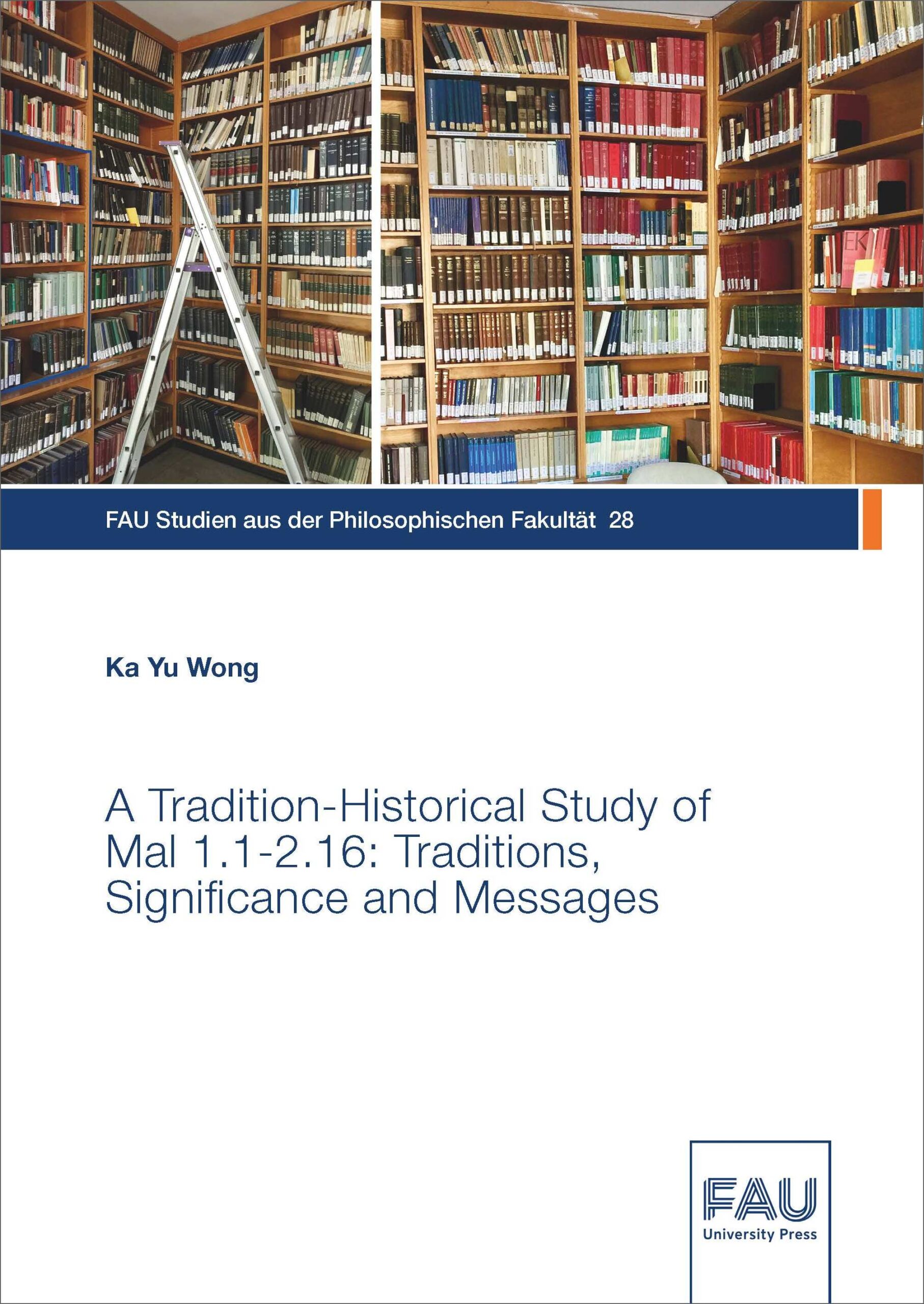Description
This study investigates the significance of the use of traditions in the book of Malachi (“Mal”). Whilst it is a general scholarly consensus that Mal is rich of traditional materials, only a few studies focus on how the traditions used in the book affect our understanding of its messages. Those few studies have the aims (e.g. proving the centrality of the theme of covenant, exploring the scribal activities, etc.) other than searching for the significance of the use of traditions in the formulation of the messages of Mal, and they adopt diversified methods (in theory and/or in practice). By adopting a systematic and text-based method, the present study seeks to fill this lacuna by exploring (1) what traditions were used, (2) how the traditions were used and (3) for what purpose(s) those traditions were used in Mal 1.1-2.16. This study finds that in the said section of Mal, different traditions were utilized in various manners (interpretation, actualization and application) to, on the one hand, address the issues as mentioned in the book and on the other hand, revitalize the authority and relevance of the traditions. As to the scope of this research, it consists of the superscription (Mal 1.1) and the first three “court disputations” (dialectic discourses) of the book (Mal 1.2-5; 1.6-2.9; 2.10-16). Given that numerous traditions are utilized and expressed in different ways therein, the said pericopes are selected as case studies. This dissertation consists of four chapters. Chapter 1 is the introduction with the literature review and statement of problem. Chapter 2 concerns methodological considerations, and the historical and literary aspects of Mal. Chapter 3 is the tradition-historical analysis of Mal 1.1-2.16. Chapter 4 summarizes the findings and concludes the contribution of this study.


Reviews
There are no reviews yet.